

The municipality is vulnerable in terms of adequate water supply. During the dry season, most of the existing water bodies dry up whilst bore holes and wells virtually become non-functional due to water table falls. The water supply system in the municipality can be classified into rural and urban, based on the location of the facilities and the technology of delivery.
Rural Water System
The rural water supply system in the municipality consists of boreholes, hand-dug wells and other natural water sources such as rivers, dams ponds and dugouts, rainwater etc. Even though the other water sources are not hygienic, about 40% of the rural populations still depend on them.
Boreholes
Boreholes provide for a very large chunk of the potable water needs of the rural communities in the municipality. There are about 210 of them in good working condition out of a total of more than 366 dotted all over the municipality.
Hand-dug wells
Hand-dug wells also form a very significant source of potable water supply to rural communities. (Most of the wells were sunk by NGO’s notably, Rural Aid, Red Cross, ADRA, and African Muslim Agency etc). Most of these are fitted with hand pump. A number of traditional wells sunk by landlords for the consumption of their households also exist. The status of rural water supply in the municipality is indicated in the following table.
Urban Water System
Urban water supply system consists mainly of a network of piped system that provides water to consumers. This is limited to central Bolgatanga Township and parts of Zuarungu. The major source of water supply to the town is from the water treatment plant at Gowrie in the Bongo District. This system is supplemented by mechanized boreholes at Zuarungu and the Bolgatanga secondary School that pump water into overhead tanks for distribution to residents of these areas.
The water distribution network is not very extensive. Several areas – about 60% of the township are yet to be serviced. The unserved areas include the peripheral settlements like, Tanzui, Sorkabisi, Zorbisi, Yikene, Tindonseo, Zaare, parts of Bukere, and most parts of Zongo and Damweo.
Sanitation
One of the most important challenges facing the Municipality is the disposal of solid and liquid waste.
Liquid Waste Disposal
Most houses do not have bathhouse drains and where they exist there are no feeder drains to link them to major drains. This results in stagnation of wastewater from houses, which does not only breed mosquitoes but is also an eyesore in most areas.
Solid Waste Disposal
About 15% of the total waste generated is collected for disposal. There are about 40 refuse sites in the town and only 22 refuse containers are provided with two skip loaders. This results in high dumps, which take money and effort to evacuate to the final disposal site.
Environment And Forestry
The Bolgatanga Municipality falls under the Guinea Savannah Woodland. This belt of vegetation is facing serious threat of devastation by the high human and animal population pressures. It is evident that the pressure will hasten the devastation of existing reserved forests for fuel wood and farming lands and other natural resources if steps are not combat the degradation
Date Created : 11/24/2017 3:42:27 AM
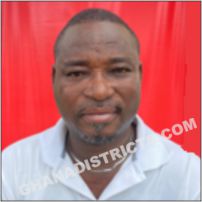

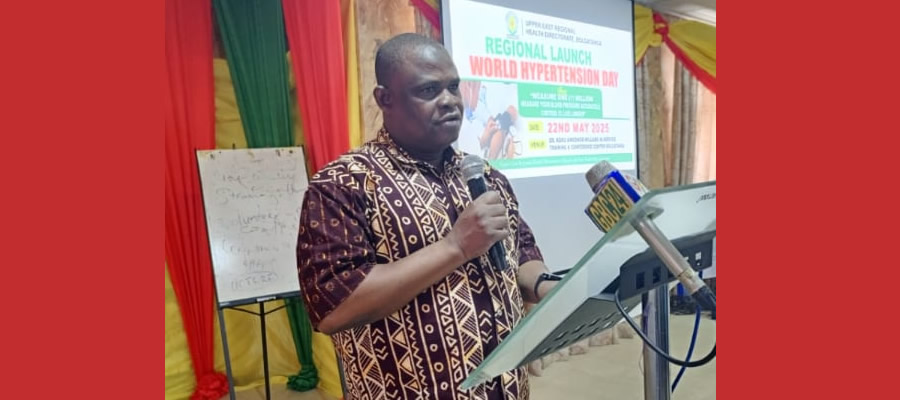
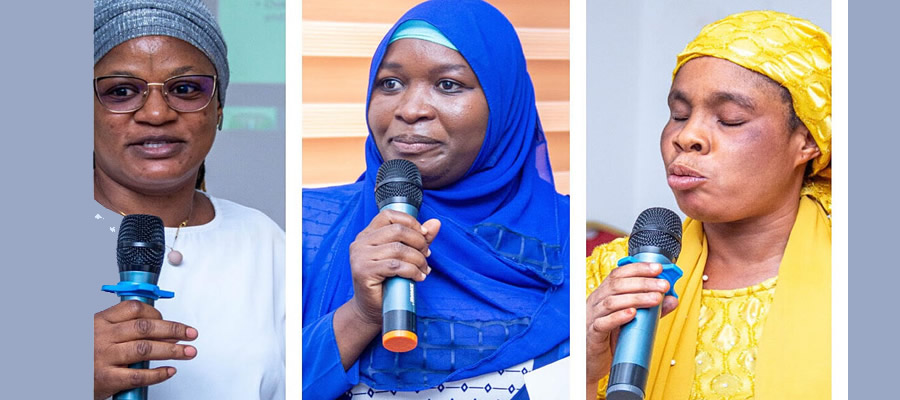

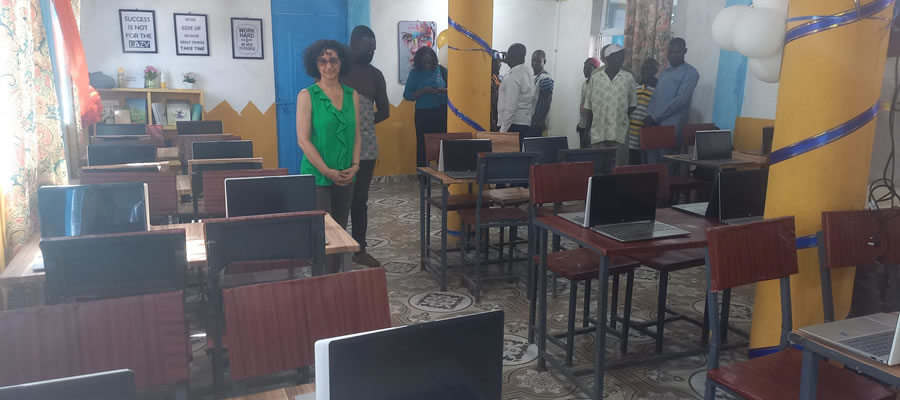
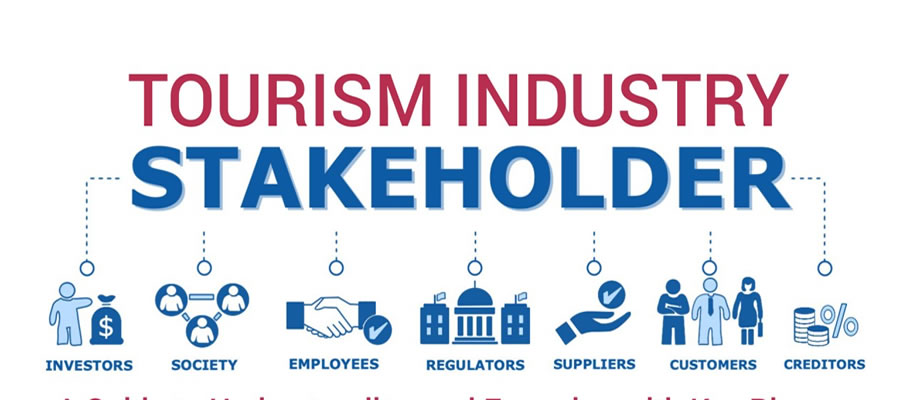




 facebook
facebook
 twitter
twitter
 Youtube
Youtube
 +233 593 831 280
+233 593 831 280 0800 430 430
0800 430 430 GPS: GE-231-4383
GPS: GE-231-4383 info@ghanadistricts.com
info@ghanadistricts.com Box GP1044, Accra, Ghana
Box GP1044, Accra, Ghana